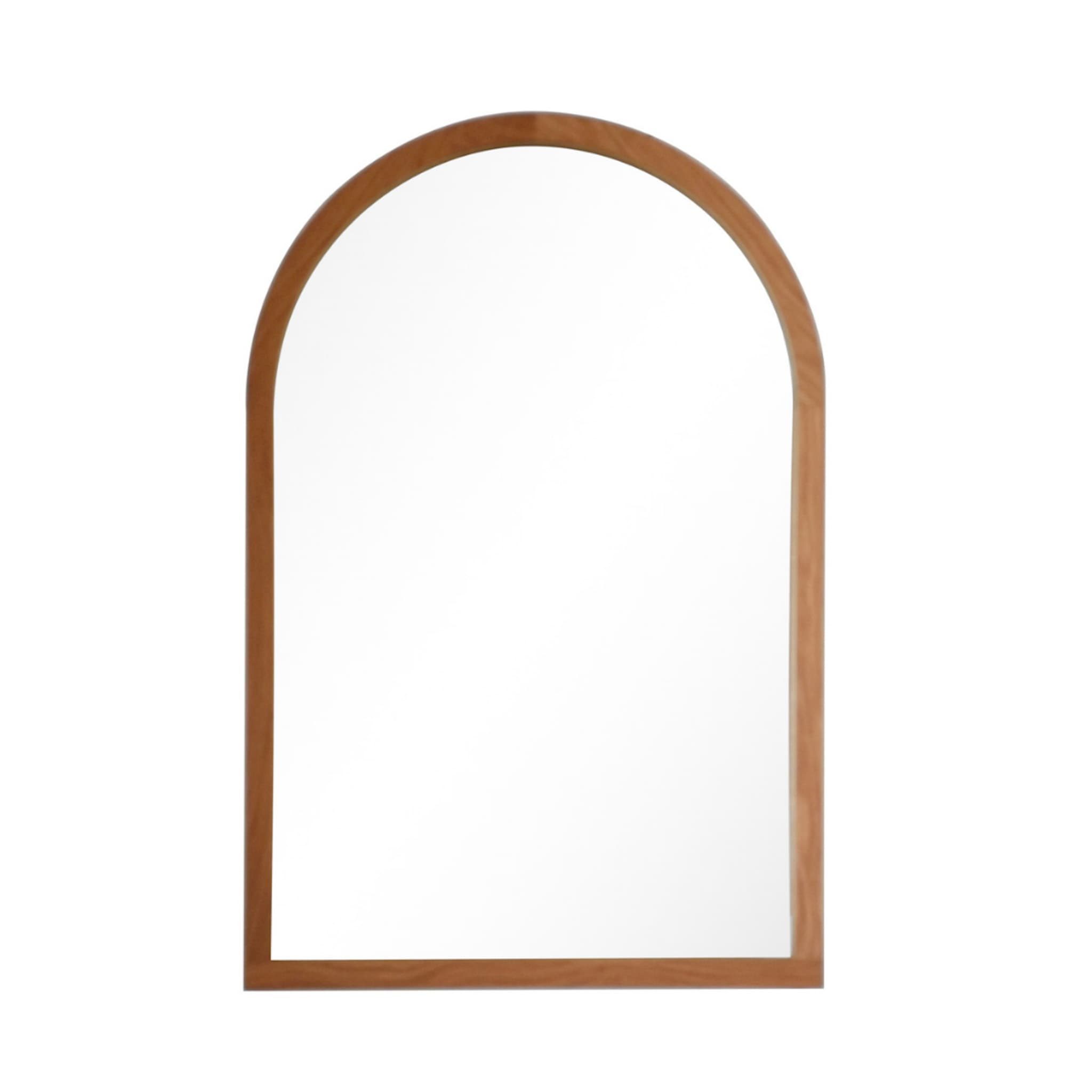In fact, when I was a kid, there was a problem. What is the principle of a mirror? Why is it reflective? Maybe it can be reflected on transparent glass and then coated with silver powder on one side, but if it is reflected in silver powder, why not smooth white paper? In addition, when you are indoors at night, looking at the glass of the window is reflective, but the effect is not very good…There is a clear explanation for the principle of these problems. In fact, problems arise when I am young, when I am indoors at night? Maybe on transparent glass, but if it is silver powder, it is reflective, why is it reflective, but the effect is not very good, why not so smooth white paper? Can the window glass reflect light? In addition, if you apply silver powder on one side, can you reflect, what is the principle of a mirror?
The principle of glass mirrors is reflection.
When light travels to the interface of the two media, part of the phenomenon returns to the original media. If the unevenness of the interface at the point of incidence is much smaller than the wavelength, it can be regarded as a smooth interface. The reflection of light on a smooth interface is specular reflection or unidirectional reflection. Otherwise, it is diffuse reflection. If specular reflection and diffuse reflection exist at the same time, it is called mixed reflection. If the brightness of light in different directions is the same during diffuse reflection, it is called uniform diffuse reflection. In the same reflection process, some wavelengths of light are reflected more, which is called selective reflection.




















